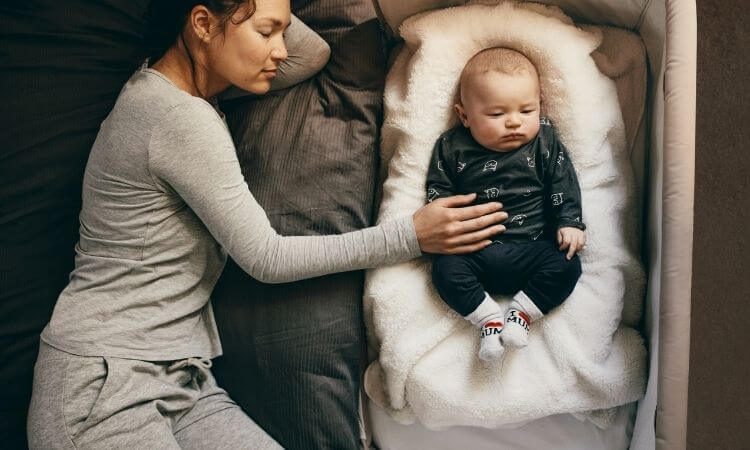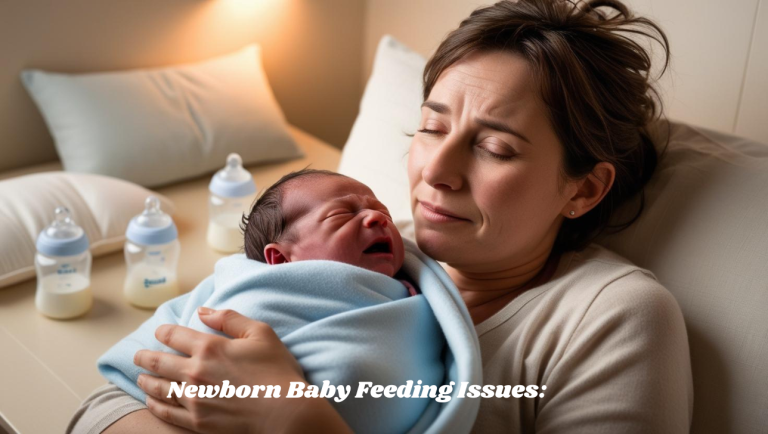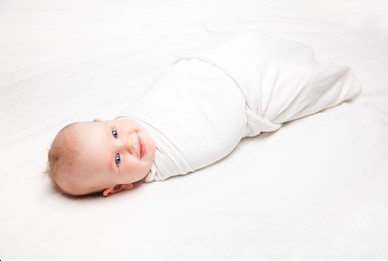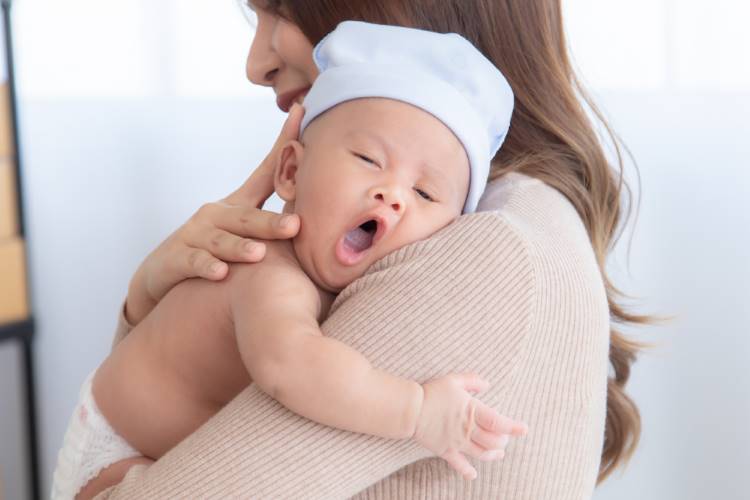6 Signs When To Stop Swaddling
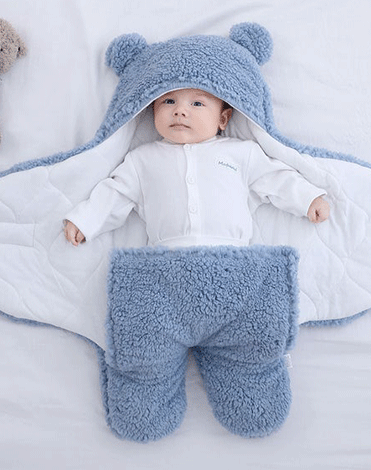
As a first-time parent, the decision of when to stop swaddling a newborn can be tricky. On the one hand, you may be tempted to keep your infant swaddled up nice and tight to ensure they continue to sleep soundly. On the other hand, you may be eager to let them experience the full range of motion their new little body allows. So what’s the correct answer?
There are so many factors, including the baby’s weight, length, and temperament. However, some general guidelines might help you get started on your journey towards figuring out when you should stop swaddling your little one. Down the road, you will learn that it’s important to consider your little one’s age and stage before making the decision to swaddle them anymore.
- When should you stop swaddling
- signs to notice for stop swaddling your baby?
- HOW LONG DOES IT TAKE FOR BABIES TO ADJUST WITH NO SWADDLING?
- 5 EFFECTIVE SUGGESTIONS FOR GETTING YOUR BABY TO SLEEP WITHOUT THE SWADDLE
- IS SWADDLING BAD FOR THE DEVELOPMENT OF THE BABY'S LIMBS?
- Are swaddle and sleep sack safe
- Swaddle vs sleep sacks
- when to stop using sleep sack
- When to stop Sleep Sacks for baby?
- How to know if your baby is ready to stop using sleep sack
When should you stop swaddling
Swaddling involves wrapping babies in a blanket or cloth so that their arms are held close to the body. The idea is that the swaddle will mimic the tightness and warmth of the uterus and be calming and soothing to your baby. Swaddling newborns is a good idea because they are still getting used to life outside their mother’s womb and need that extra security. However, If you continue to use the swaddle for too long, it can be harmful to your baby.
The best time to stop swaddling your baby is when they start to show signs of being able to roll over. Once they are able to roll over, they can get out of the swaddle and potentially become agitated or frustrated. It’s also important to stop swaddling your baby once they start to show signs of trying to break free of the swaddle. If they are constantly struggling against the fabric, it’s probably time to stop swaddling them.
Swaddling can be beneficial in helping newborns feel secure and comfortable, which can promote better sleep. However, if it is done too tightly or for too long, it can inhibit your baby’s movement and lead to developmental problems. So how do you know when to stop swaddling?
Again, there is no definitive answer, but there are a few signs that your baby may be ready to transition out of swaddling.
signs to notice for stop swaddling your baby?
First things first let’s come on to the point that it’s a myth that you have to keep your newborn wrapped in a tight blanket for the first year of life. In fact, at some point, you’ll need to say No to the swaddle and let them use their hands more freely. Here are some signs from pediatricians on appropriate swaddle age :
HOW LONG DOES IT TAKE FOR BABIES TO ADJUST WITH NO SWADDLING?
The signs that your baby is ready to stop swaddling can vary depending on their age and development stage. If your baby is younger than 4 months old, you may want to wait a little bit longer before stopping the swaddle. Many babies this age still need the extra sleep that the swaddle provides.
It typically takes babies about four to six weeks to adjust to not being swaddled. During this time, you may notice that they start to wake up more frequently, or they may have a harder time falling asleep. If this happens, you can always try reverting back to the swaddle for a little while until they adjust.
5 EFFECTIVE SUGGESTIONS FOR GETTING YOUR BABY TO SLEEP WITHOUT THE SWADDLE
Now that you know when to stop swaddling your baby, it’s time to learn some tips and tricks on how to get them to sleep without it. Here are six suggestions from the experts:
Try different swaddling techniques
You may have to try different swaddling techniques before you find one that works best for your baby. Some babies may not like having their arms or legs swaddled, and you may find it more effective to use a loose blanket instead.
Use white noise.
White noise can be helpful in soothing your baby and helping them fall asleep faster. Put them in their crib while they’re still awake and turn on the sound. This will help them learn how to fall asleep on their own.
Try a rocker:
Some babies won’t take a pacifier or may not like white noise. If this is the case for you, try a rocking motion or find another sleeping cue that will help calm them down without waking them up.
Place them in a dark room:
If the room is too bright, it can wake them up and make it harder for them to fall asleep. You can also offer a pacifier as some babies find comfort in sucking on a pacifier during sleep. Keep things consistent. It’s important that you keep their bedtime routine as close to normal as possible. This will help them adjust to sleeping without being swaddled.
Trial and error:
Every baby is different, so it may take some trial and error before you find the right sleep solution for your child. Keep track of how long your baby sleeps after you try each sleep training method and see what works the best. You can also consult a pediatrician if you’re having trouble getting your baby to sleep without the swaddle.
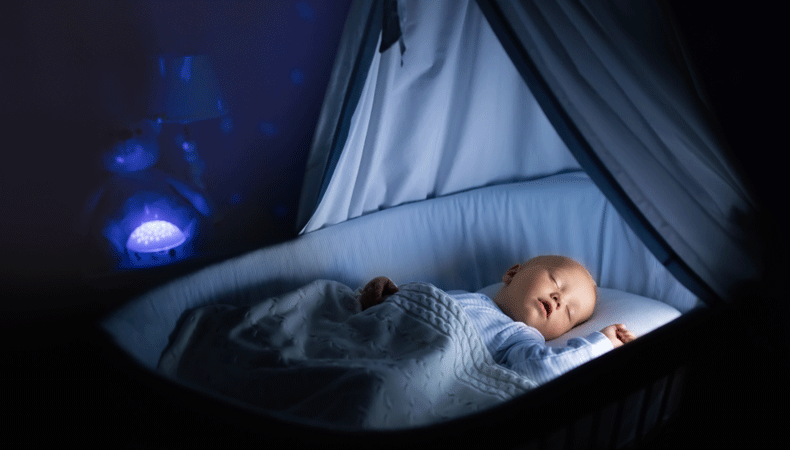
IS SWADDLING BAD FOR THE DEVELOPMENT OF THE BABY’S LIMBS?
Swaddling is not 100% safe. It’s been proven that many babies have been injured from being wrapped too tightly in their swaddles, especially when they are younger than 4 months old. If you do use a swaddle, make sure you read the safety guidelines and check your baby regularly.
For one thing, if you keep wrapping your baby in tight blankets after that age, he might not be able to fully extend his arms and legs when he’s older–which means sitting in chairs will be difficult later on.
You need to make sure that your little one’s limbs aren’t being restricted as well as their core body movements. Moreover, these kids may be at greater risk of developing flat spots on their heads due to the lack of mobility.
Studies show that swaddling can negatively impact some aspects of development, including the ability to transition easily from asleep to awake. If you are new to parenting, it is natural to want your child sleeping as much as possible. But extended periods of uninterrupted sleep can actually cause potential developmental problems for them in some areas.
Finally, some people believe that swaddling might make infants overly dependent upon their parents because they are used to being constantly wrapped up.
After reaching to this extent when you are aware of when to stop swaddling, how to continue without swaddling your baby, and the darker side of prolonged swaddling, let me share my experience with my daughter.
WHEN DID I STOP SWADDLING MY BABY, AND HOW DID IT GO?
I stopped swaddling my baby when she turned four months old. Overall, the transition went smoothly. We had to try a few different techniques before we found one that worked best for her. She liked swaddling with arms up and legs free, so I used a loose blanket to do this.
We put her in the crib when she was still awake. This helped her learn how to fall asleep on her own. We did this with white noise playing in the background. She didn’t like pacifiers, but white noise and sucking on her hands during sleep.
Sometimes the sound can wake a baby up, so we tried to keep it at a low volume. She used to sleep in a dark room without any lights on. We kept the routine very consistent and tried to avoid changing it as much as possible, just like you do with a newborn.
It took about three weeks for her to adjust from being swaddled all the time to sleeping without it. I tried multiple different sleep training methods until I found the best one for her. We also consulted a pediatrician to make sure she wasn’t harmed by the swaddle.
Are swaddle and sleep sack safe
As per the AAP guideline for newborn safe sleep, loose blankets and sheets are risky to put in the crib for keeping the newborn warm as it is an extreme source of SIDS. Sleep sacks are a good source of warmth and comfort for the baby and handy to carry the baby. Swaddles and sleep sacks are pretty safe for newborn babies. Here we come up to configure the difference between sleep sacks and swaddles to help the parents to keep the baby warm at the night as well as safe sleep.
Swaddle vs sleep sacks
Swaddling is a technique that is using for ages to keep the baby warm with arms down in the wrapping sheet. As a matter of fact, this is a method to create a womb feeling in the baby in the early few weeks of his/her life. Swaddling helps to promote longer sleep intervals when the baby mostly awakes easily because of his natural startle reflex.
Whereas sleep sacks are wearing blankets with arms free. It gives the baby warmth as well as the freedom to move. When a baby can move or rollover swaddling can be transit to the sleep sack. Sleep Sacks can be used from 6 months to toddler age.
when to stop using sleep sack
Most infants do well sleeping in a sleep sack until they are about six months old. After that, many babies start to roll over and become more mobile, which can lead to them escaping from the sack. If your baby is still rolling over at six months old, it’s time to stop using the sleep sack. Otherwise, you may find your baby waking up in the middle of the night because they are cold or uncomfortable.
When to stop Sleep Sacks for baby?
This is an unexplained pleasure to see your baby growing fast achieving milestones but it varies, when we talk about when to stop using sleep sacks as some infants want to be more covered and bundled while some are interested in kicking out everything upon them.
At the time of crawling and rolling babies are so anxious to experience new things on a regular basis. Sleep sacks are pretty cool because of their feasibility to move freely but they could hinder crawling.
So when the baby gets exhausted due to the immobility of the sleep sack you can immediately stop using the sleep sack.
Most families find their child stops using these by their first birthday, although some will continue on through toddlerhood. As long as you continue to check on sizing and replace it as your tot grows, that’s perfectly fine.
So some parents prefer to use the sleep sacks as long as the baby feels ok with it furthermore keeping eye on the size replacement. After all your munchkin’s ease comes first.
How to know if your baby is ready to stop using sleep sack
A good way to tell if your baby is ready to stop using the sleep sack is to watch how they move in their sleep. If they are starting to roll over and move around a lot, it’s probably time to make the switch. You can also start by taking the sleeping sack off for naps and see how your baby does. If they continue to sleep through the nap without any problems, you can probably stop using the sack at night too.
TO SUM UP
The right time to stop swaddling is when the baby gets used to sleeping without it and does not need it anymore. Overall, my opinion on when to stop swaddling is anywhere between two and four months of age. This will give the baby a chance to adjust and learn how to fall asleep without being swaddled.
However, the swaddle should not be stopped abruptly because this could cause some issues like waking up consistently or loss of sleep. The best way to stop the swaddle is by using it less and replacing it with other techniques. The transition should also be made when you are consistent with your routine. If something changes or does not follow the routine, then the baby will get confused about whether he needs to sleep or soothe himself.
If you are still having trouble with your baby sleeping through the night, consult a pediatrician or sleep specialist and share your experience in the comments below.


